10 Top Laptops for Architects and Designers (NEW for 2019)
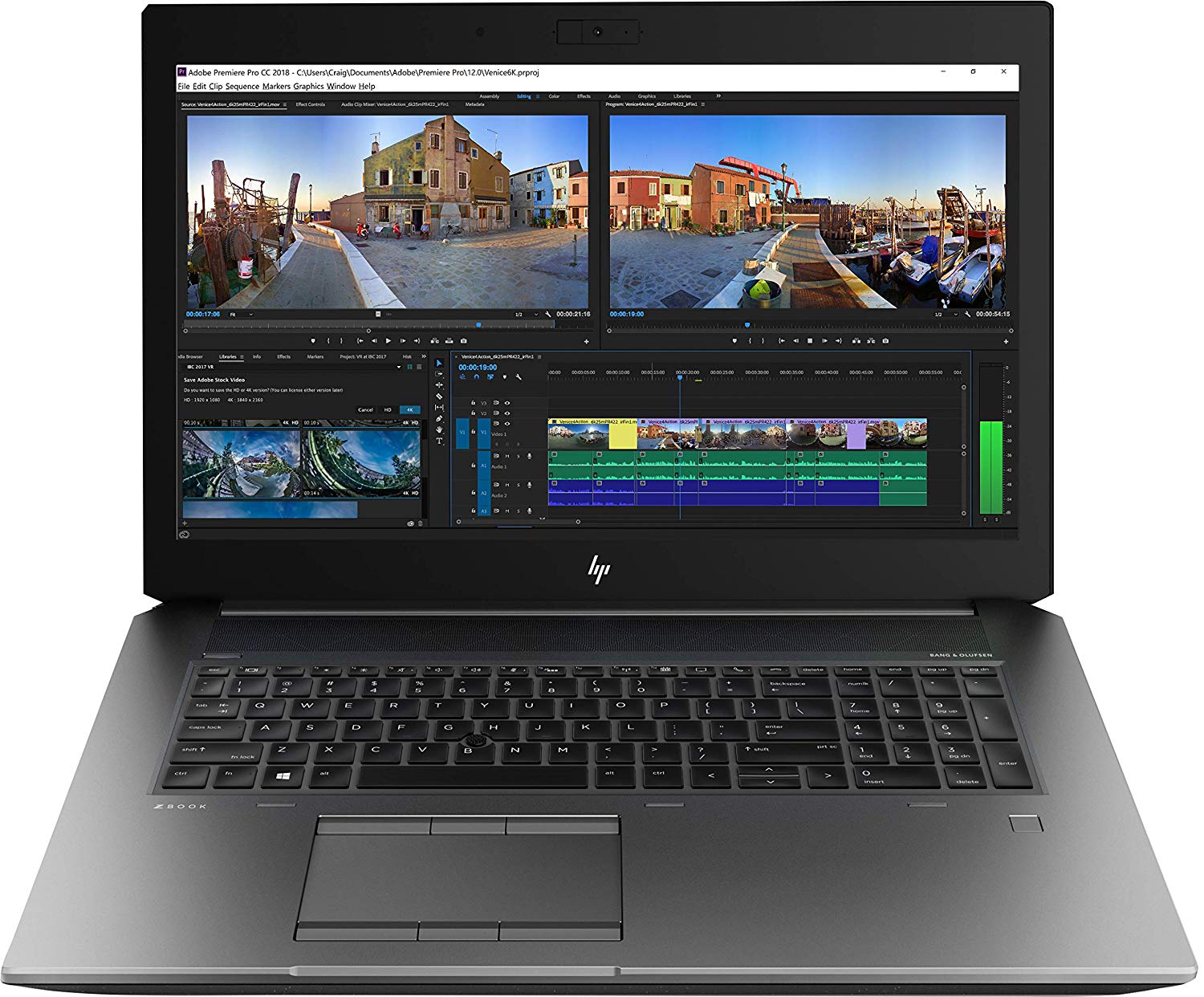
Laptop computers have long been a preference for many within the construction industry. For architects and designers, the ability to take our hardware with us — moving quickly between home, studio and site — is vital to our workflow. Until recently, though, professionals were used to having to compromise between mobility and power, with desktop PCs seemingly essential for high-demand, intensive tasks such as real-time visualization and virtual reality applications.
Now, this compromise is being diminished by several market leaders, so much so that the word “laptop” is fast becoming extinct — at Autodesk University, a huge convention for AEC technology, the major computer manufacturers showcased what they called “mobile workstations.” This reflects the fact that the processing power and graphics of top-end laptops now match up to workstations. These high-performance machines have begun to supplant traditional PCs as the go-to hardware for architectural practice.
This guide includes both workstations and laptops, but make no mistake — many in the latter category offer as much in terms of power as they do in mobility. Let’s take a peek at our updated list of the 10 best laptops for architects, designers and architecture students. The first few mobile workstations on this list are premium machines, while the latter set are included for those looking for a great laptop on a budget.
HP ZBook 17 G5
Most powerful laptop for architects
Dubbed “the world’s most powerful mobile workstation”, HP’s recently updated ZBook 17 G5 matches the power of most desktop computers, making it ideal for design professionals that regularly use high-demand software packages. HP’s “Smart Buy” edition of this workstation does the job with 16 GB of RAM and 2.60 GHz processor speed. Significantly, the boosted version of the laptop boasts 128GB of RAM, allowing users to run multiple high-demand programs at once without any noticeable delay.
The ZBook 17 G5 is powered by NVIDIA Quadro P5200 professional graphics, making it possible to design and present architectural models in real-time with incredibly clarity. Coupled with the HP DreamColor 4K UHD anti-glare display, the ZBook 17 G5 provides architectural visualizers with everything they need to create truly jaw-dropping renderings.
Lenovo ThinkPad P1
Best thin, light workstation for architects
Fans of Lenovo’s ThinkPad series called for a thinner, lighter mobile workstation — but without compromising on performance, naturally. Lenovo’s response was the ThinkPad P1, released in August 2018. With 32 GB of RAM, NVIDIA Quadro P2000 graphics and 2TB of storage, the laptop’s specs give the vast majority of architects what they need — only those looking to get into AI learning and virtual reality may need more clout. The boosted version boasts 64 GB of RAM and NVIDIA Quadro P2000 graphics, while Lenovo’s beastly P72 model provides a further option at the top end of the power spectrum.
The P1’s dimensions and weight are its primary asset, though. This mobile workstation is just 0.7” thick and weighs in at 3.74 lbs, making it a very lean high-performance machine. Additionally, the workstation’s black carbon fiber chassis lends it a highly rugged yet slick quality. For architects that prioritize mobility, this laptop might just provide the right balance.
MSI WS65 Mobile Workstation
“Best of both worlds” workstation for architects
While HP and Lenovo offer laptops at either end of the power/mobility spectrum, MSI are seeking to own the middle ground — with the WS65, the company aims to strike the perfect balance between power and weight. Oh, and it also looks incredibly cool.
The WS65 weighs in at 4.15 lbs, a little more than the Lenovo ThinkPad P1, but supports a superior graphics card — the NIVIDIA Quadro P3200 — and an 8th Generation Intel Core i9 Processor for extra oomph. MSI workstations also have the advantage of being ISV certified, which means that it’s been optimized to run a whole gamut of applications from the likes of Autodesk and Adobe.
Microsoft Surface Laptop 2
Best touchscreen laptop for architects
Microsoft’s latest iteration of their stunning Surface Laptop range is an amazing all-rounder for architects and designers that enjoy devices with touchscreen capabilities. The laptop boasts a vibrant 13.5” PixelSense display with an interactive touchscreen that enables fast navigation and intuitive control on creative applications. For even more precision, the Surface Pen is a worthwhile addition.
With 16GB of RAM, an 8th Gen Intel Core i5 or i7 processor and up to 1TB SSD, the Micrsoft Surface Laptop is built to handle demanding architectural software like Revit, 3ds Max and Rhino. It’s also slim, reasonably light (especially considering its power) and looks incredibly slick. The Surface Arc Mouse makes a good additional purchase for those that prefer to draft and model ore quickly and freely than is possible with a touchpad.
Lenovo Thinkpad P50
Best laptop for architectural rendering
According to Laptop Study, this is the laptop for architects and students specializing in architectural visualization. “Though the 4-core, 3.7GHz Xeon processor is a bit less than the gaming laptops shown above, has a bigger cache size for faster drafting or modeling (8MB) which you’ll need when working with huge monstrous size & collaborative projects with several links,” they state. The processor also possesses ECC cache memory, an error correcting tool that benefits complex rendering processes.
It is recommended upgrading the SATA III solid state drive to something more beefy in order to handle the transfer of huge 3D model files. This isn’t the lightest machine out there, but there are advantages to this heftier machine — the graphics card is Nvidia Quadro M2000M 4GB GDDR5 and the battery lasts an impressive 13 hours before a recharge is needed.
Microsoft Surface Book
Best laptop for architects under $1000
For architects and architecture students that love Microsoft but can’t quite stretch to the aforementioned Surface Laptop 2, the original Surface Book makes for a great alternative. A refurbished model can be picked up for less than $1000, and the specs are impressive at this price-point. With options up to a 512GB SSD hard drive, the Surface Book is excellent for architects storing large modeling files, while the 6th generation Skylake Intel Core i7-6600U processor should comfortably handle the more demanding software used by design professionals.
The best aspect of the Surface Book, though, is its professional build. The body of the laptop is crafted from high quality, machined magnesium, and Microsoft’s unique fulcrum hinge allows users to position the screen as they please. A beautifully high-resolution display and backlit keyboard are also perfect for those late nights in the darkened studio.
OMEN by HP 15.6-inch Gaming Laptop
Best laptop for architects under $900
For architects and architecture students looking for a cheaper computer that still possesses the graphics and processing power needed for modeling software, it’s worth considering laptops that are built for gaming. HP’s offering, entitled OMEN, is encased in a sturdy aluminum chassis with a plastic base plate for easy access to upgrade.
This affordable OMEN laptop boasts an impressive 12GB of RAM, and its i5-8300H processor is sufficient to run the majority of architectural programs, though there is an i7 option for those in need of extra speed. Meanwhile, the NVIDIA GeForce GTX 1050 Ti graphics card will aid your rendering process without a meltdown.
ASUS VivoBook S
Best laptop for architects under $800
ASUS is often regarded as the most underrated brand catering towards the entry-level laptop market. The VivoBook S deserves to be highlighted for incredibly strong specifications relative to its low weight, thickness and price. For day-to-day drafting and most modeling, this laptop is perfectly capable of running architectural design software, with a 128GB SSD to go with its 1TB HDD hard drive.
The VivoBook S’s Intel Core i7 7500U CPU matches up to many higher-end models. The aesthetic qualities of the VivoBook S are also notable — a brushed aluminum finish and beveled display looks uncannily like the slim-line laptops of a certain, more iconic brand … let’s just say ASUS must have been very “inspired” by Apple’s Macbook. Regardless, this is an undeniably handsome laptop for under $800.
Dell Inspiron 15 5000 5577 Gaming Laptop
Best laptop for architects under $700
Another laptop that packs a powerful punch for its price, this Dell model was recently reduced, bringing it firmly into the budget workstation category. For less than $700, you get a 7th Gen Intel Quad-Core i5 processor, 8GB of RAM and 1TB of storage space, all of which can be upgraded as needed.
The laptop’s full HD anti-glare TN panel display makes it ideal for use in varied conditions, from home to studio. The NVIDIA GeForce GTX 1050 graphics card is good enough for most architectural applications, while the black and red chassis is undeniably sharp. For those architects with a need for speed, add an M.2 solid state drive and you should be all set.
ASUS VivoBook
Best laptop for architects under $600
For those on a tighter budget, Asus has a range of economical gaming laptops that pack an incredible punch for their price. Because it is built to run today’s high detailed video games, the VivoBook’s specs are able to handle the majority of architectural rendering software — think 8GB of RAM, 1TB of storage space and NVIDIA GeForce GTX 1060 6GB GDDR5 graphics.
It’s also as light as the more expensive Lenovo ThinkPad, and only slightly thicker at 0.8”. The laptop is cheaper partly due to its hard disk drive (HDD) — it is recommended that you upgrade to a solid state drive (SSD) to take full advantage of the computer’s performance specs. We recommend something like the Crucial MX300 internal SSD or similar.
What’s important in a laptop for architects?
Certain key factors should be considered when looking for the best laptop for your individual needs. Whether you are an architecture student, young architect or experienced practitioner, the following specs are worth investigating for each option:
CPU (Central Processing Unit): Any architecture student or professional architect will be running powerful CAD and modeling software. It is wise to get at least Inteli5 or above to avoid any hassle.
GPU (Graphics Processing Unit): You may be using hardcore graphic software like Rhino, 3ds Max, ArchiCAD, Revit or Vectorworks, all of which require a formidable graphics card. Thus, the ideal laptop for architect will have at least a 4GB vRAM GPU for smooth processing.
RAM: Architectural software will account for a big chunk of your RAM, particularly when multitasking and producing high quality renderings. Therefore, a computer with at least 16GB of RAM is preferable, though 8GB is sufficient for the majority of purposes.
HDD vs. SSD vs. Hybrid Drive: Architectural design files often require significant space, so the higher the storage, the better off you are. SSD is faster and more reliable than a mechanical hard drive but comes with a higher price tag. To enjoy the pros of both SSD and HDD, we recommend getting a hybrid drive. You can install the OS and architecture software in SSD and all other files in HDD for optimum performance.
Mac vs. Windows: It all comes down to your personal preference. Both are well geared to handle the challenges offered by the job. Windows is arguably more user friendly as it supports a wide array of software but is exposed to more viruses than Mac. On the other hand, Mac is well perceived by professionals as being great for graphic applications but is considered by many to be overpriced.
Screen Size and Resolution: Considering the level of mobility yet without ignoring the necessary attention to detail, a laptop with a screen size between 15 and 17 inches is the best size for architectural rendering. FHD (full high definition) resolution should be enough for the work involved; however, higher resolutions such as UHD (ultra high definition), 4K or 5K prepare you for the upcoming future trends.
Got your own view on which is the best laptop for architects and architecture students? Let us know at editorial@architizer.com.
The post 10 Top Laptops for Architects and Designers (NEW for 2019) appeared first on Journal.
, Paul Keskeys, read more Journal http://bit.ly/2R8caWh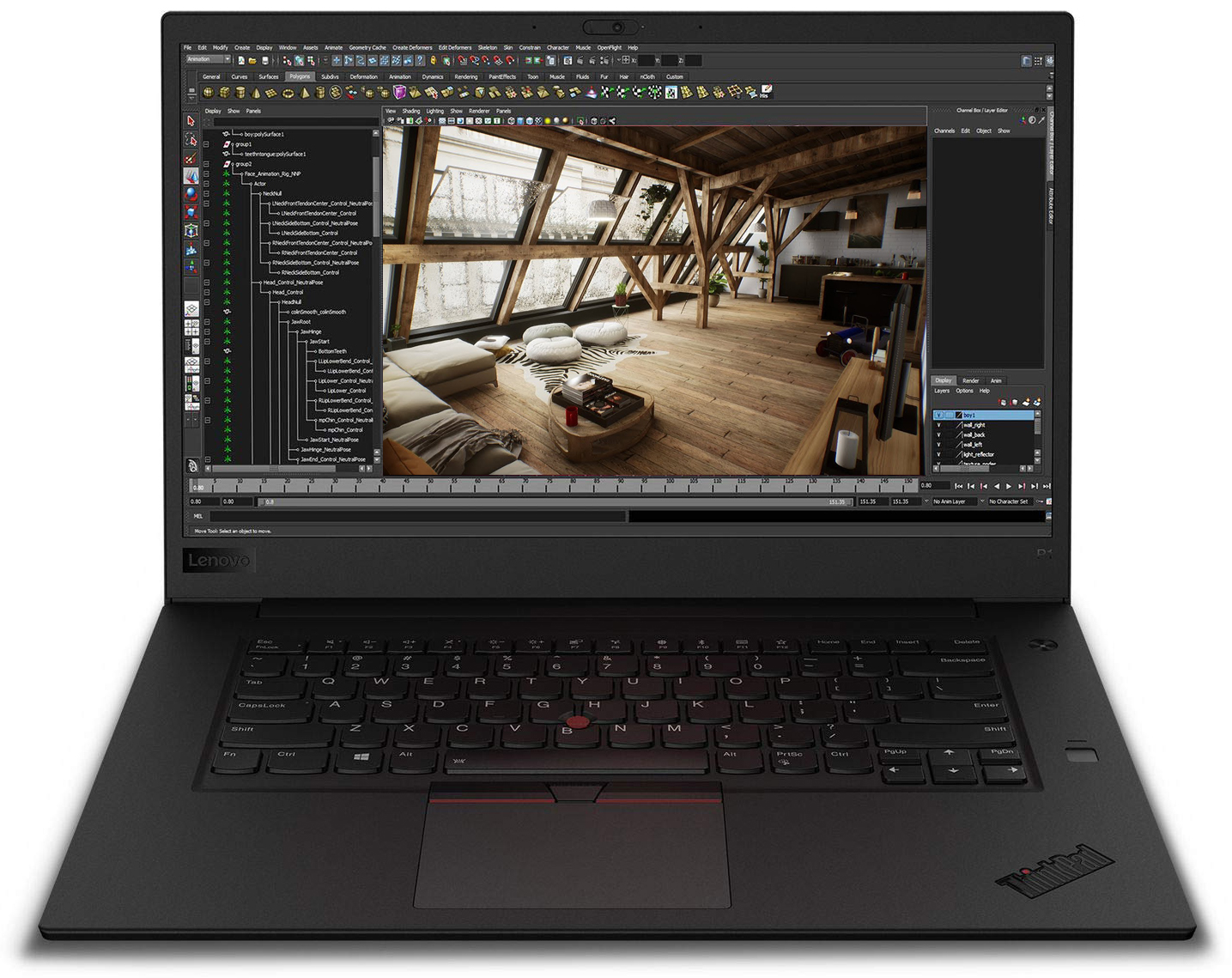
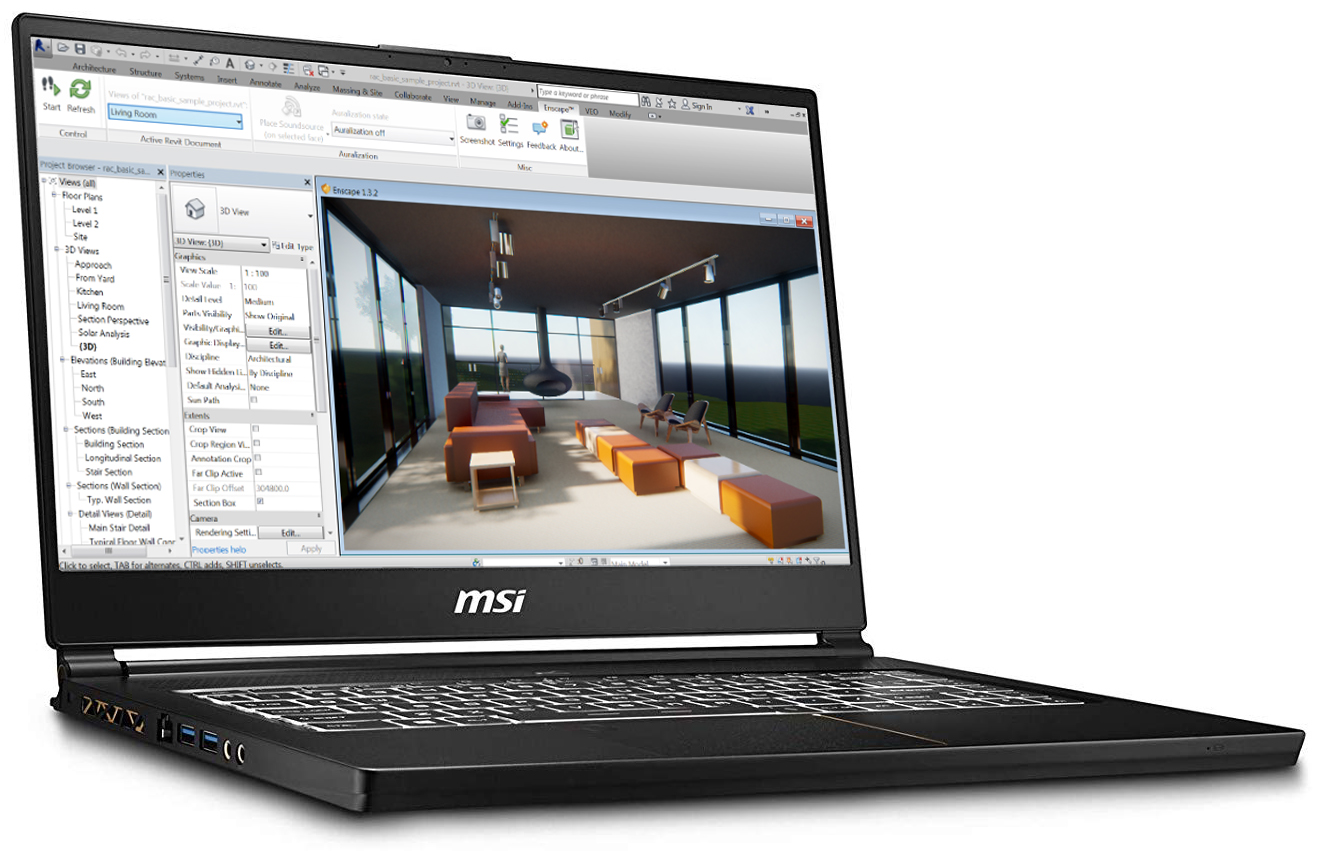
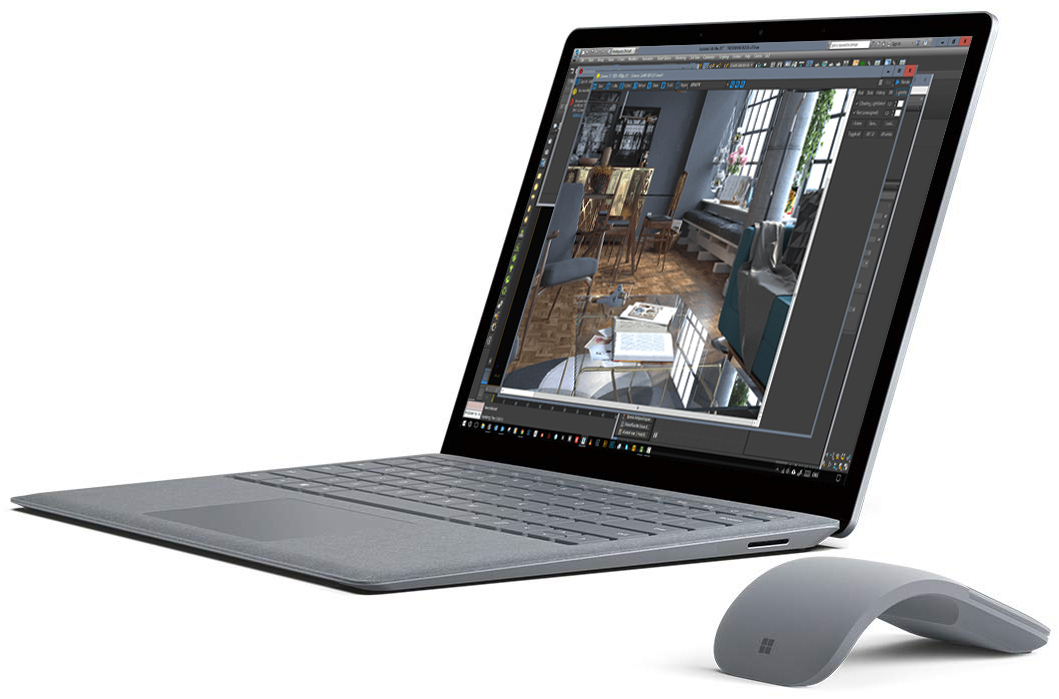
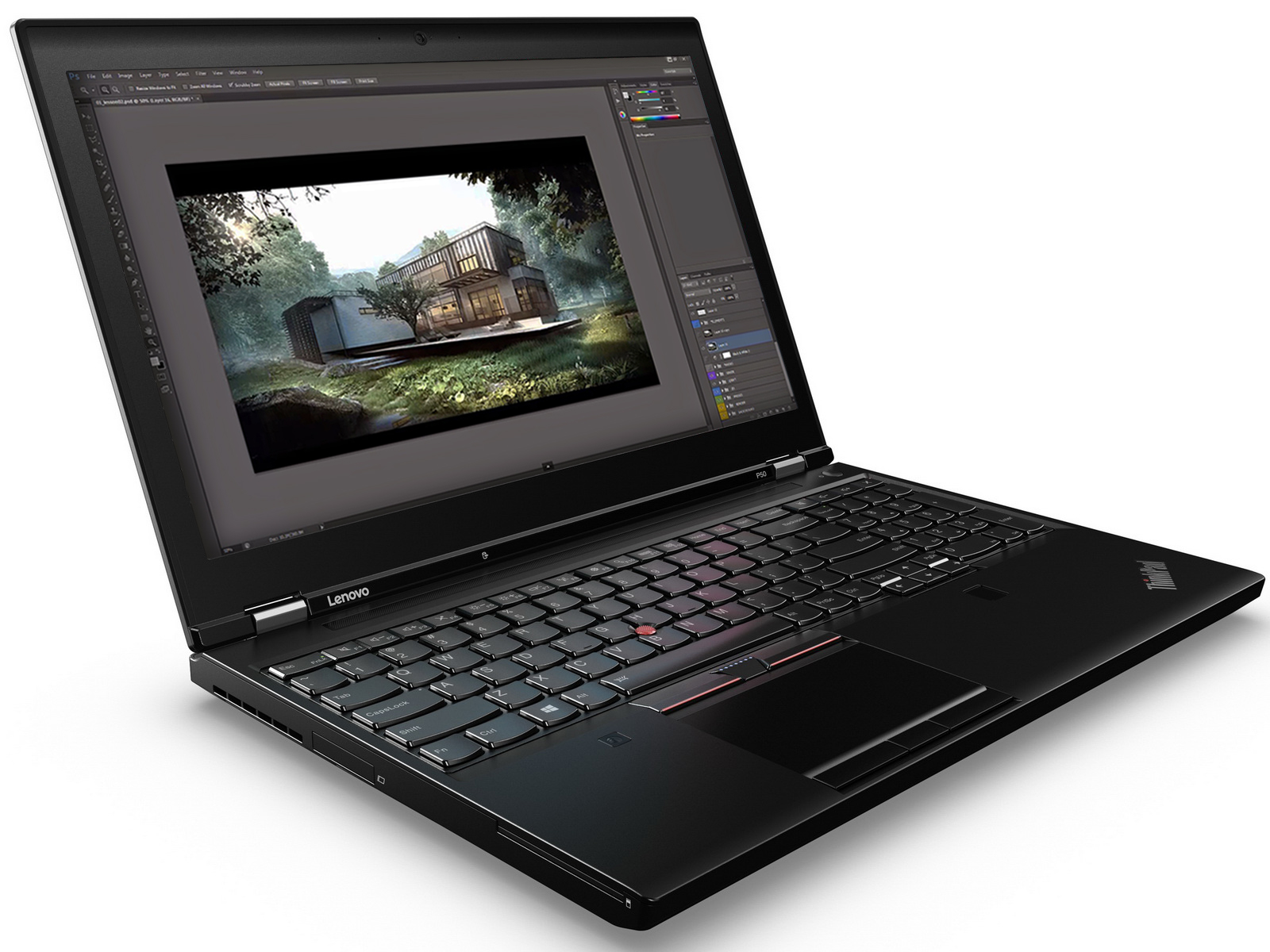
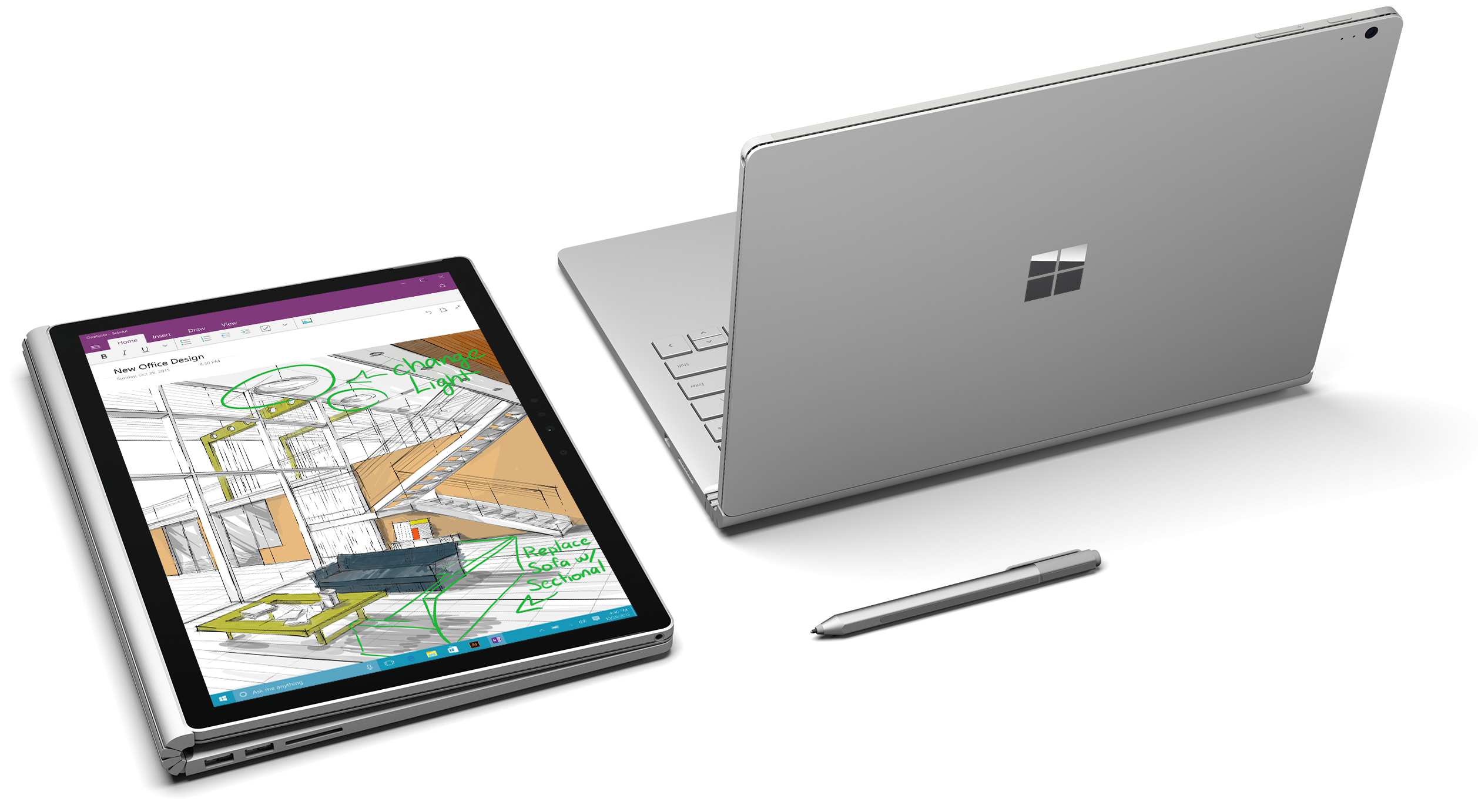
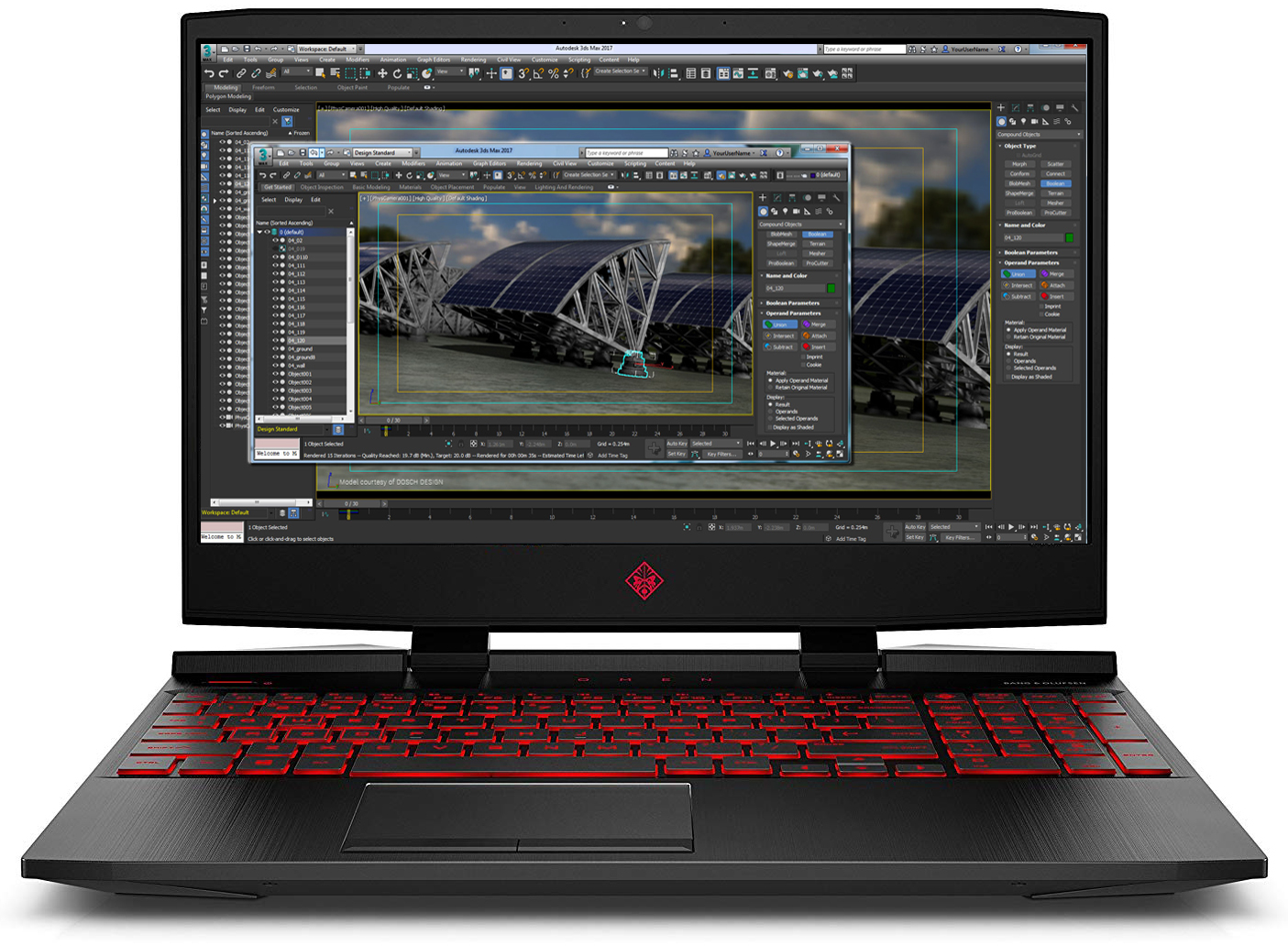
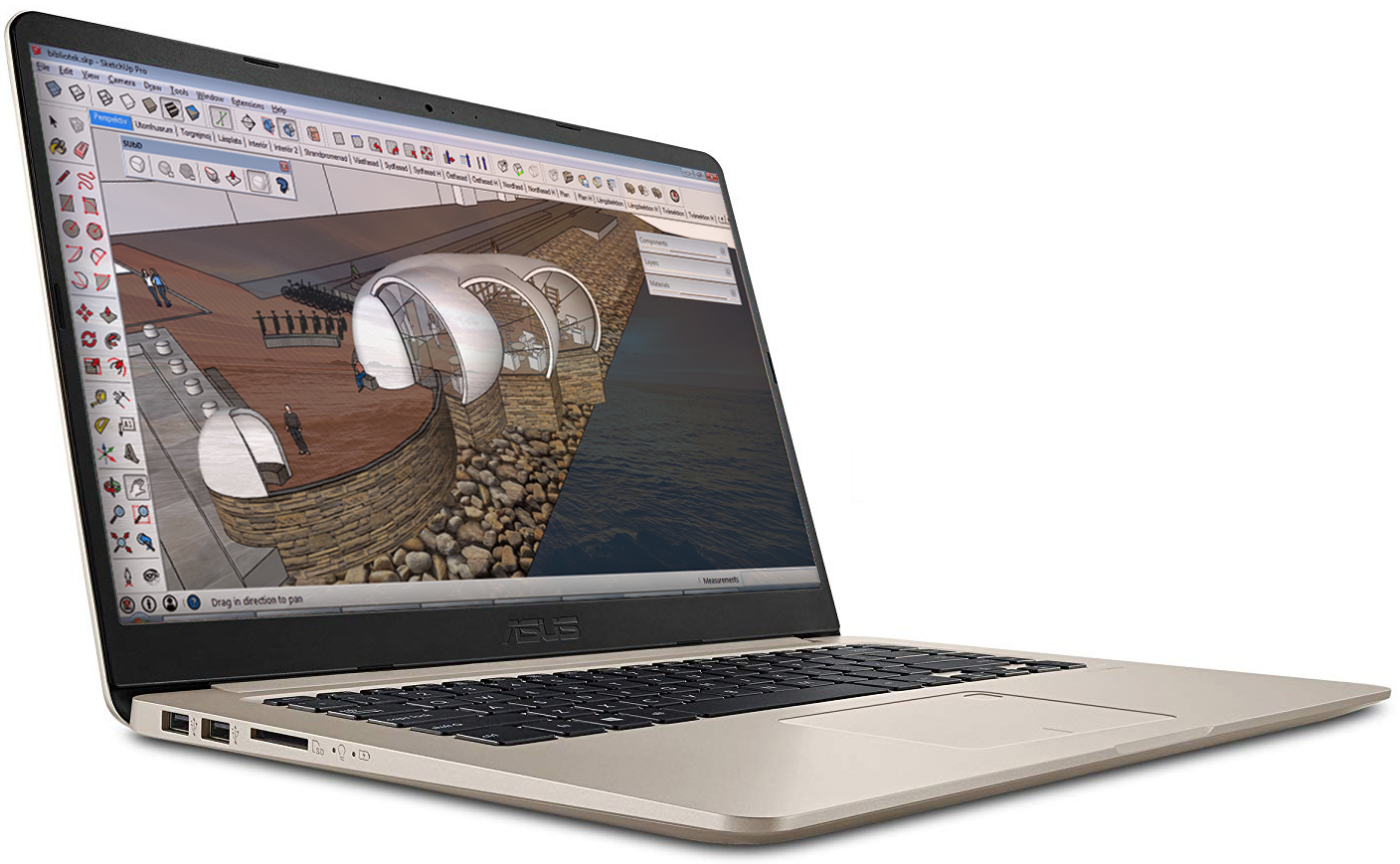
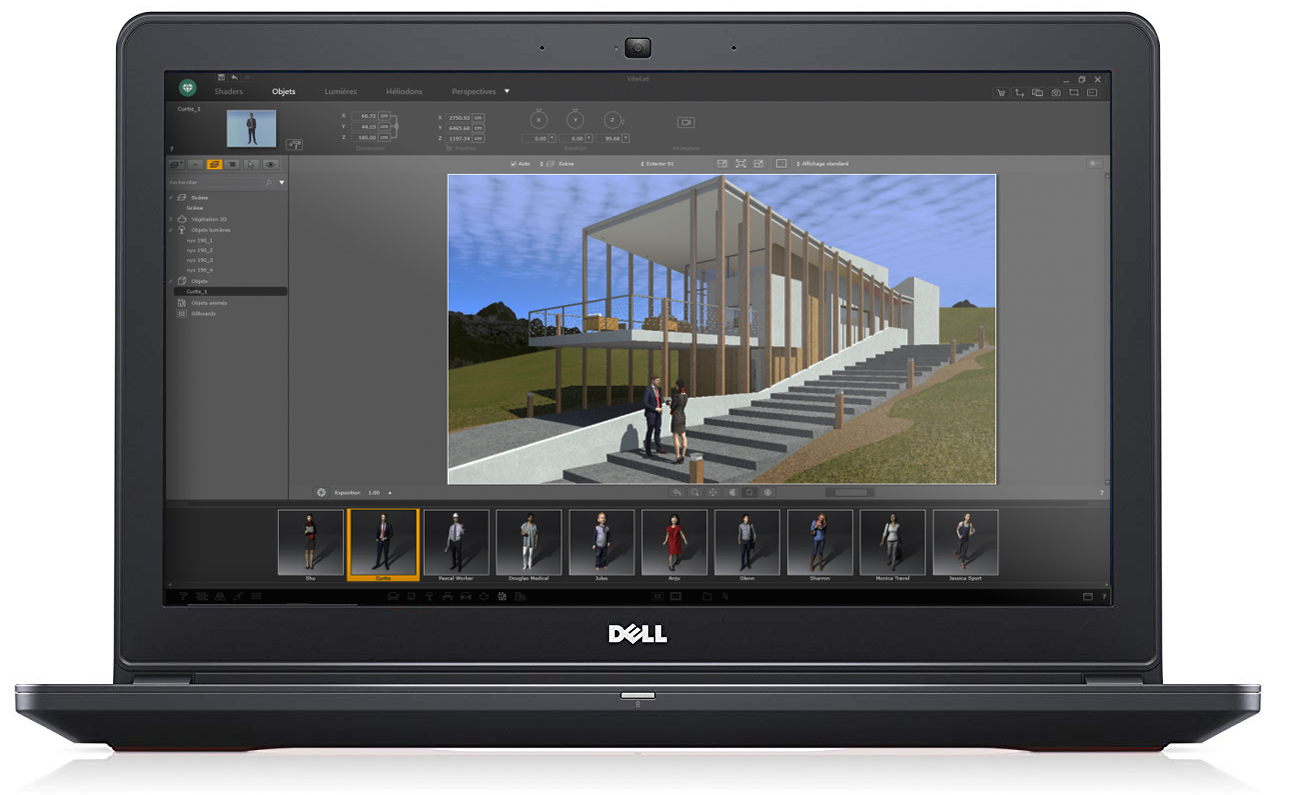
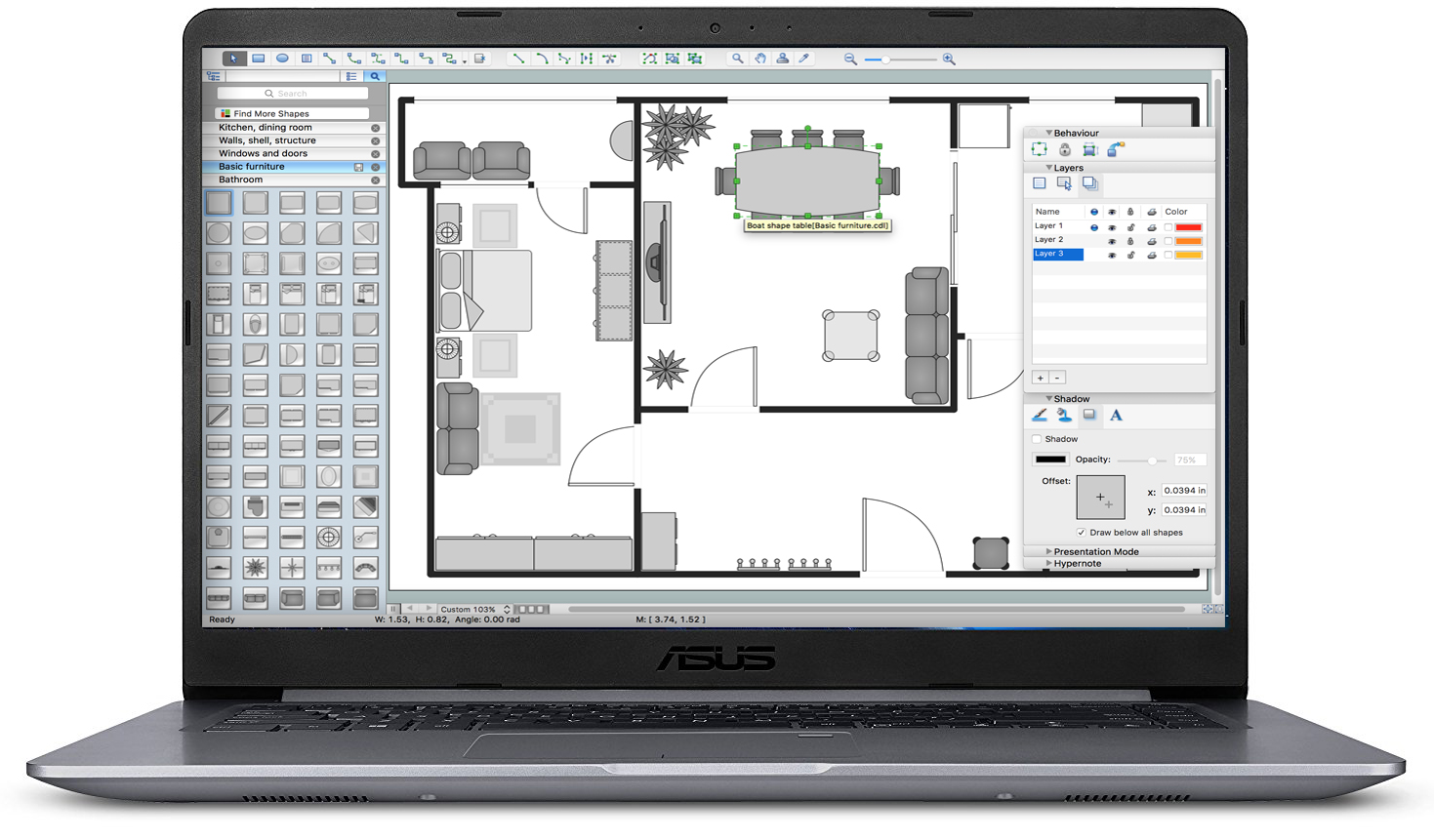
Yorumlar
Yorum Gönder